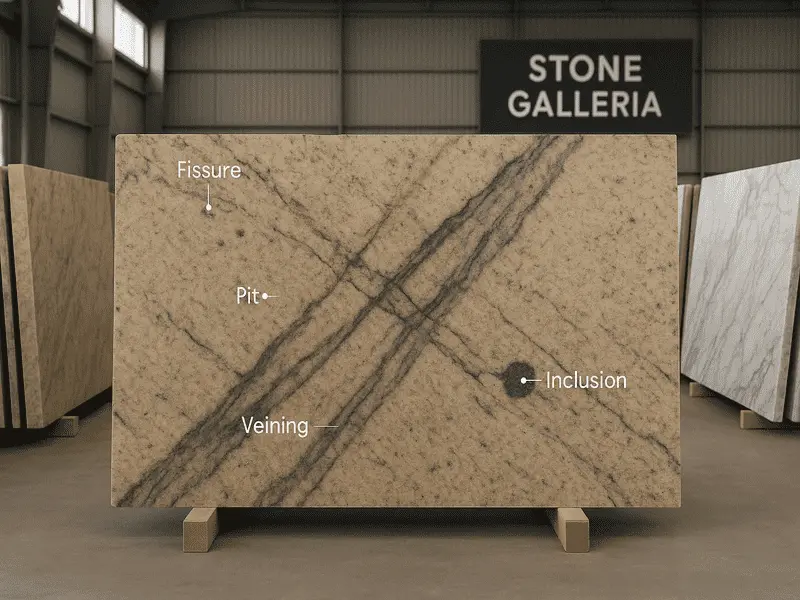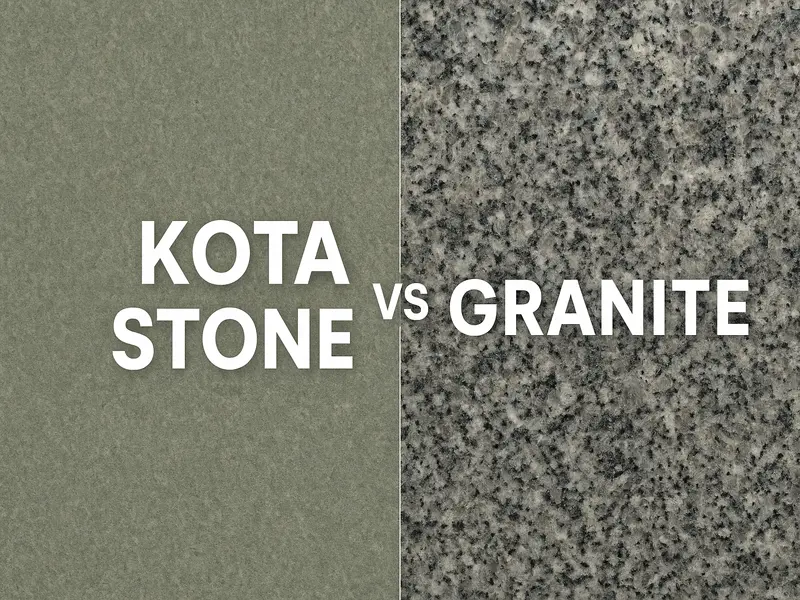Granite stairs are frequently favoured for their durability and aesthetic charm; however, their inherent slipperiness poses a safety concern. Have you ever wondered how granite, known for its glossy, mirror-like finish, could also enhance safety? Introducing anti-skid granite – a marvel of surface engineering designed to prevent slipperiness.
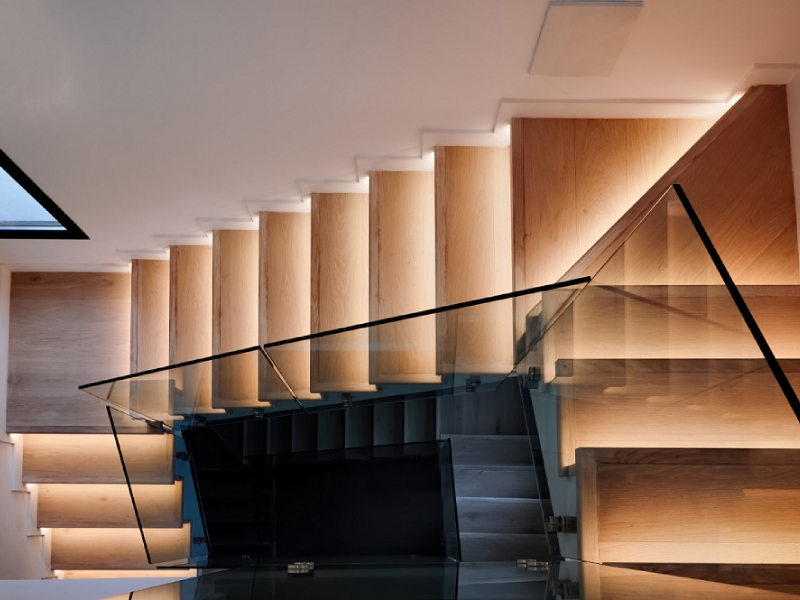
Anti-slip granite refers to a type of granite surface that undergoes specialised treatment to mitigate slipping hazards, typically achieved by altering the finish or roughness of the original granite. This process involves adding textures or roughening the granite surface.
Purpose of Anti-Skid Granite: Enhancing Safety and Preventing Accidents
The main objective behind the use of anti-skid granite or integrating anti-slip features into granite surfaces is to improve safety by reducing the chances of slipping, especially in areas vulnerable to moisture or slickness. Through methods like brushing, honing, leathering, lapotra, flaming, or sandblasting, the surface texture is altered to enhance friction, thereby offering improved traction for pedestrians. This application holds significant importance in outdoor environments like pathways, driveways, and pool decks, where ensuring a firm grip is vital for averting accidents and safeguarding against injuries.
Advantages of Anti-Skid Granite Steps
1. Safety First
Safety is paramount in any environment, be it residential, commercial, or public. Anti-skid granite steps offer enhanced traction, significantly reducing the risk of accidents due to slippery surfaces. This is especially crucial in outdoor spaces where weather conditions can be unpredictable.
2. Durability and Longevity
Granite is renowned for its durability and resilience, making it an excellent choice for outdoor applications. Anti-skid granite steps are designed to withstand the elements, including harsh sunlight, rain, snow, and fluctuating temperatures, without compromising their structural integrity.
3. Aesthetic Appeal
Beyond their functional benefits, anti-skid granite steps exude timeless elegance and sophistication. The natural variations in color and texture of granite add character to any outdoor setting, enhancing the overall aesthetic appeal of your property.
4. Low Maintenance
Unlike other materials that may require frequent upkeep, anti-skid granite steps are relatively low maintenance. Their smooth surface makes them easy to clean, requiring nothing more than periodic sweeping and occasional washing with mild soap and water to maintain their pristine appearance.
5. Versatility
Anti-skid granite steps come in a variety of shapes, sizes, and finishes, allowing for customization to suit your specific needs and preferences. Whether you prefer a sleek, modern look or a more rustic charm, there’s a wide range of options available to complement any architectural style.
What are the best ways of getting Anti-Slip Granite?
The best way to obtain anti-slip granite depends on various factors such as the specific application, desired level of slip resistance, and budget considerations. However, some effective methods include:
Selecting Appropriate Granite Finishes:
Opting for granite with inherent anti-slip properties is the most effective and natural approach to ensure safety without the need for additional artificial elements. Various finishes offer anti-slip qualities, but it’s essential to consider that each finish provides a different level of traction. Therefore, selecting the appropriate finish is crucial depending on the required level of anti-slip properties.
Remember that the anti-slip requirement is significantly higher for exterior granite exposed to the elements compared to indoor applications. Therefore, when choosing a finish for outdoor granite, it’s essential to prioritize finishes with enhanced anti-slip properties to ensure optimal safety.
What Are The Types Of Granite Finishes That Offer Anti-slip Properties?
Several granite finishes offer varying levels of anti-slip properties:
Brushed Finish: This finish involves brushing the granite surface with stiff bristles to create a textured finish. It provides moderate anti-slip properties, suitable for areas with light to moderate foot traffic.
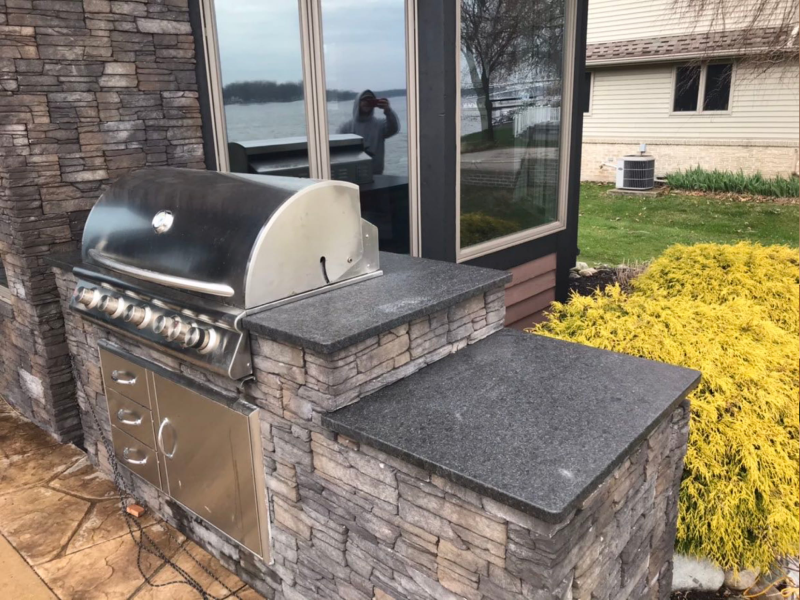
Honed Finish: Honing grinds the surface to a smooth, matte finish, offering better grip than polished surfaces. It provides moderate to high anti-slip properties, suitable for indoor and outdoor areas with moderate foot traffic.
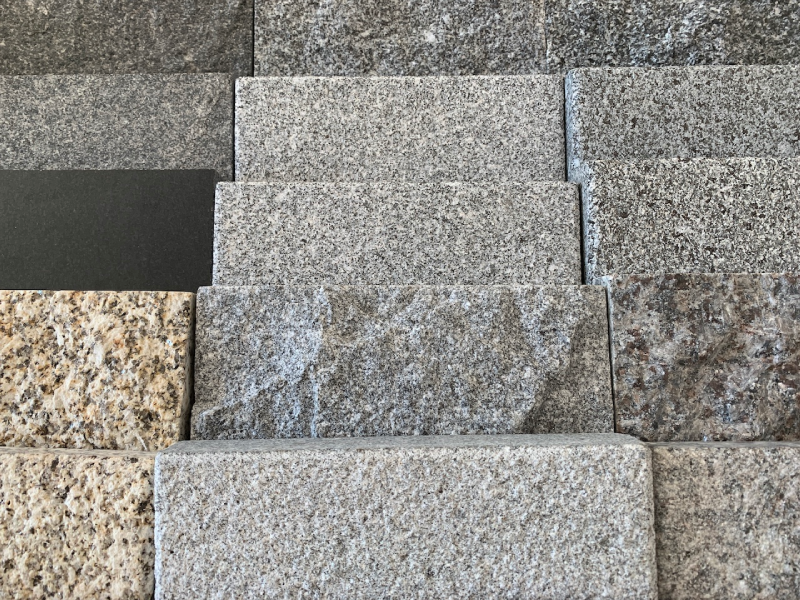
Leathered Finish: Leathering creates a textured, slightly rough surface, enhancing traction. It offers high anti-slip properties, suitable for both indoor and outdoor areas with heavy foot traffic.
READ | Granite with Leather Finish: Learn More About This Popular Granite Finish
Flamed Finish: Flaming exposes the granite surface to high temperatures, creating a rough, textured finish. It provides high anti-slip properties, ideal for outdoor areas exposed to moisture or extreme weather conditions.
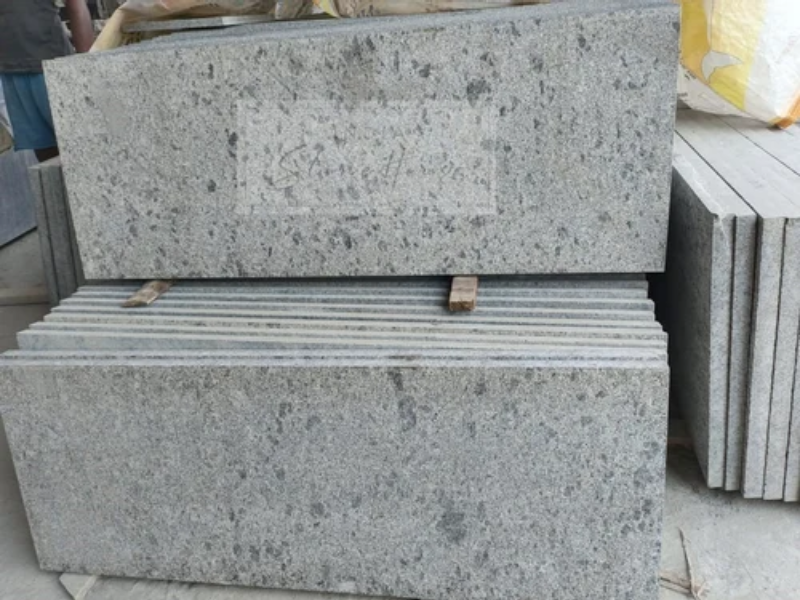
Sandblasted Finish: Sandblasting involves blasting abrasive materials onto the surface to create a textured finish. It provides high anti-slip properties, suitable for outdoor areas such as walkways, pool decks, and stairs.
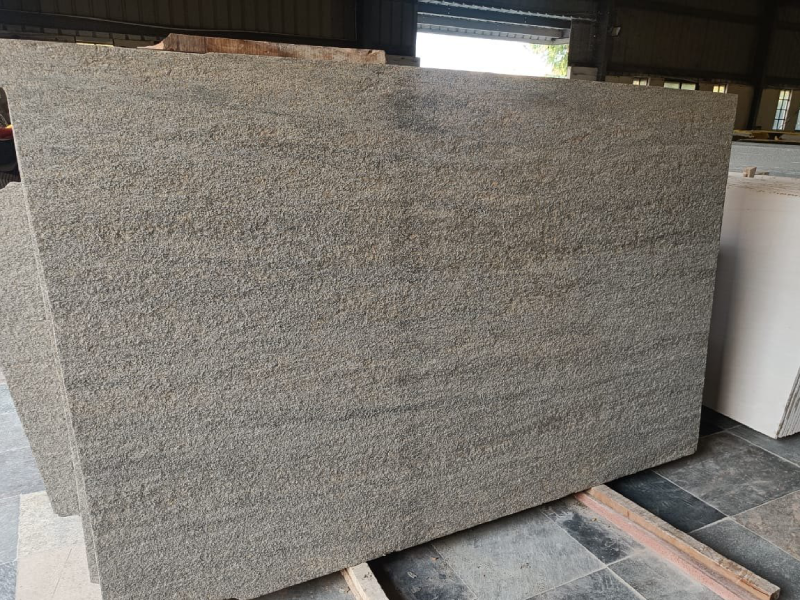
Each finish offers different levels of anti-slip properties, and the suitability depends on factors such as the location, intended use, and expected foot traffic.
Consulting with suppliers or Installation professionals: Seek advice from granite suppliers or specialists who can recommend suitable finishes based on your specific requirements and the intended use of the granite.
READ | Granite Stairs – Best Finishes for Staircases & Step and Raiser
Other Methods of Achieving Anti-Skid Granite for Stairs
As mentioned earlier, the best and most natural way to achieve anti-skid or anti-slip granite is to choose finishes that inherently provide these properties. However, if you prefer a polished finish or already have polished granite installed and now require more grip, here are a few solutions that can help
- Inlays: Install inlay strips made of anti-slip materials like metal, rubber, or abrasive strips into grooves cut into the granite. These inlays provide excellent traction and can be customized to fit the design of the stairs.
- Grooves: Cut grooves or channels into the granite surface to increase traction. The grooves help to channel water away and provide a textured surface that improves grip.
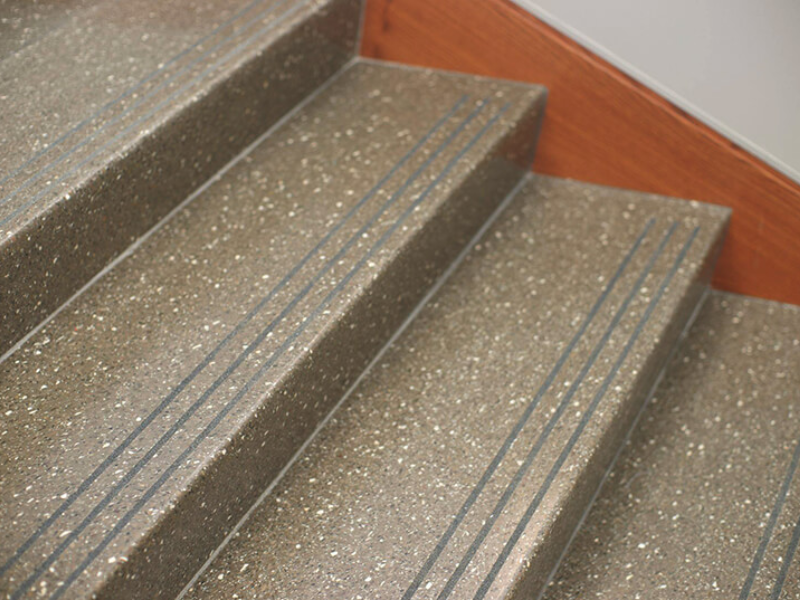
- Non-slip coatings: Apply non-slip coatings or sealants specifically designed for stone surfaces. These coatings create a textured finish that enhances friction and reduces slipperiness.
- Non-slip adhesives: Use non-slip adhesive strips or tapes that can be applied directly to the granite stairs. These strips offer immediate traction and are easy to apply and replace as needed.
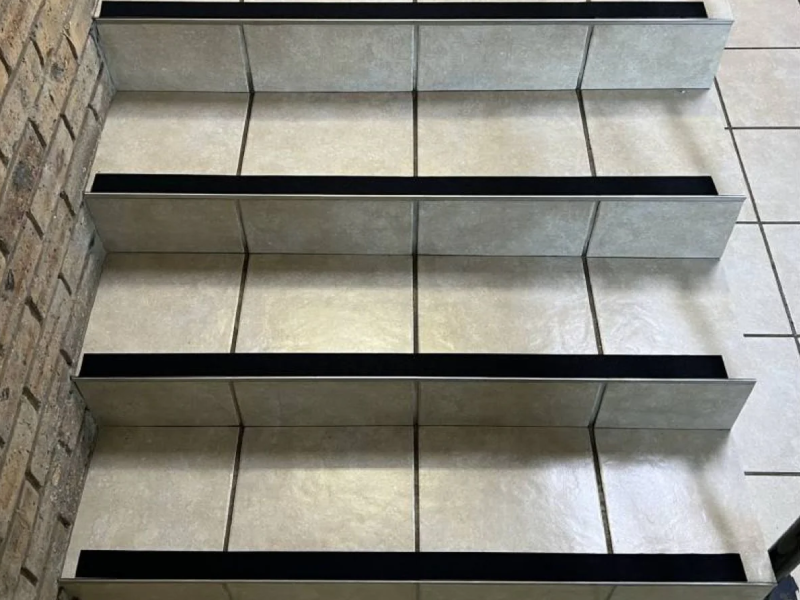
- Chemical etching: Apply chemical etching agents to create micro-etched patterns on the granite surface. This method alters the surface texture without significantly affecting the appearance and enhances slip resistance.
Each of these methods offers varying levels of effectiveness and can be chosen based on the specific requirements and conditions of the installation area. Consulting with a professional can help determine the most appropriate solution for your granite stairs.


 Fact Checked
Fact Checked





